Delaware & Raritan Canal
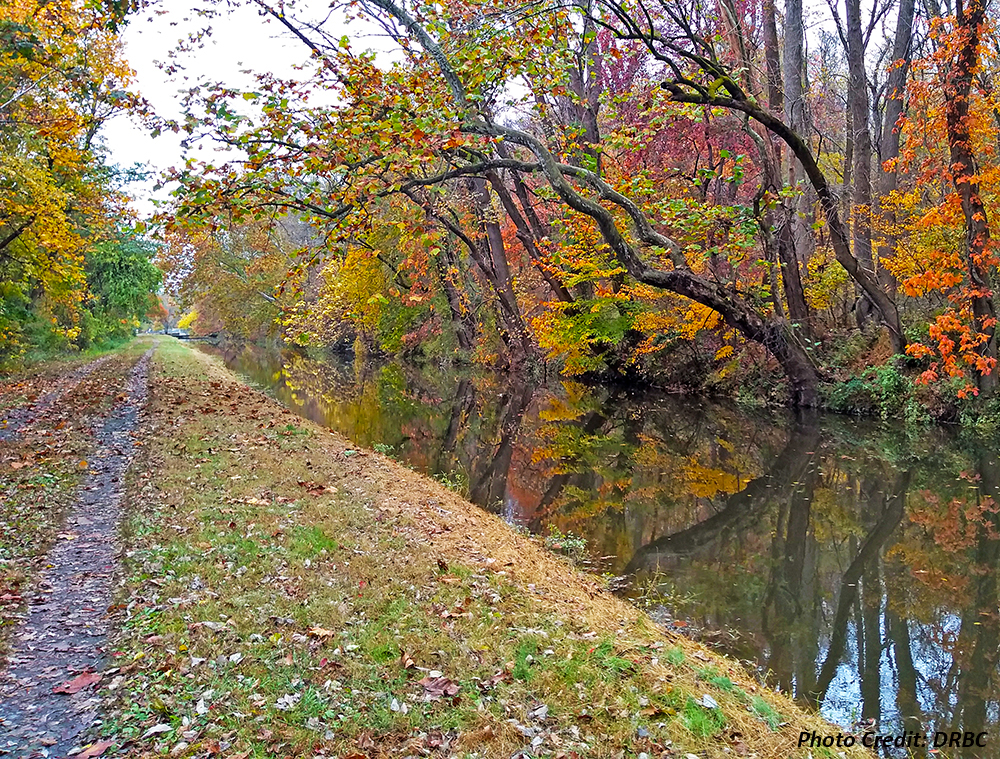
In addition to its 77 miles of trails, the historic D&R Canal provides an important water supply to northern NJ. Every day, more than 90 million gallons of water from the Delaware River leaves the Basin vis the D&R.

In addition to its 77 miles of trails, the historic D&R Canal provides an important water supply to northern NJ. Every day, more than 90 million gallons of water from the Delaware River leaves the Basin vis the D&R.
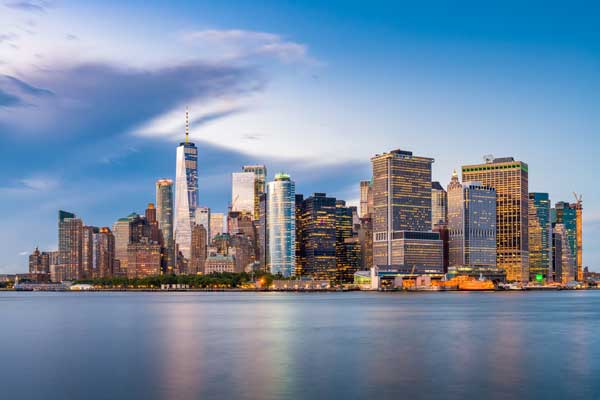
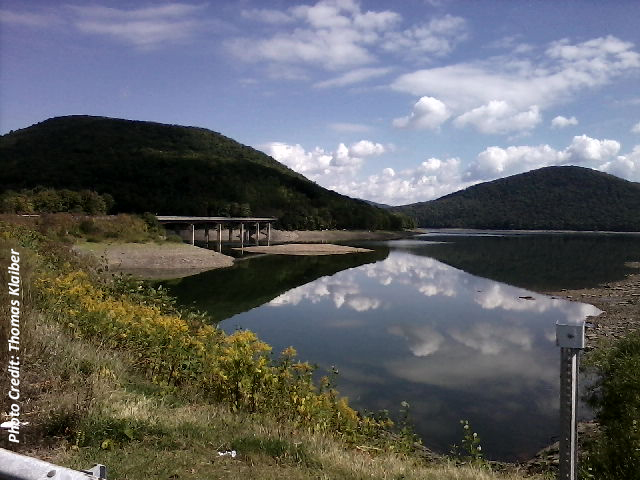
Though New York City is not in the Delaware River Basin, about half of its water supply is provided by three reservoirs (Cannonsville, Pepacton & Neversink) in the Basin. That’s about 568 million gallons a day.
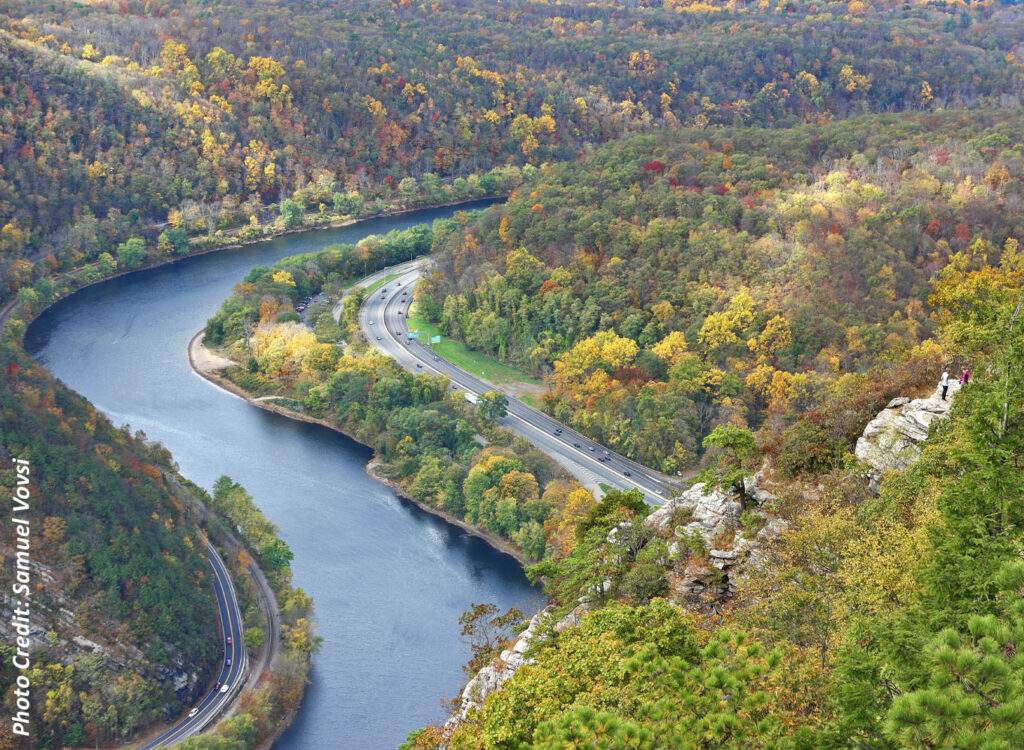
The Water Gap is where the Delaware River cuts through a large ridge of Appalachian Mountains. It began to form more than 400 million years ago.
The Delaware Bay hosts the world’s largest concentrations of spawning horseshoe crabs. People come from all over the world to view the spawning crabs and the associated migratory shorebirds. The bulk of the spawning typically occurs in May and June, and is usually highest around the new and full moons.
Every day, the ocean’s salt water pushes up through the Delaware Bay into the main stem Delaware River. Left unchecked, salt water would continue upstream and get into drinking water intakes. Fresh river water flows downstream, pushing back the salt water. Where the two mix is called the Salt Front. When there’s not enough rain for fresh water flow, releases are made from reservoirs by DRBC to ensure the Salt Front stays where it should.
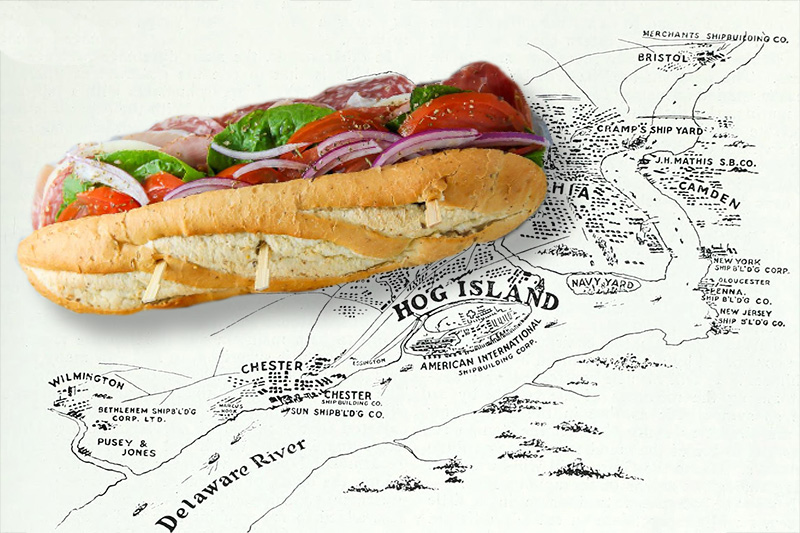
During WWI, Hog Island, a spit of land in the Delaware River was the world’s largest shipyard. Workers ate sandwiches with large Italian rolls loaded with meats, cheeses, lettuce and peppers. These were called “hoggers” or “hogies” after the island. The Philadelphia International Airport (PHL) now sits where Hog Island used to be.
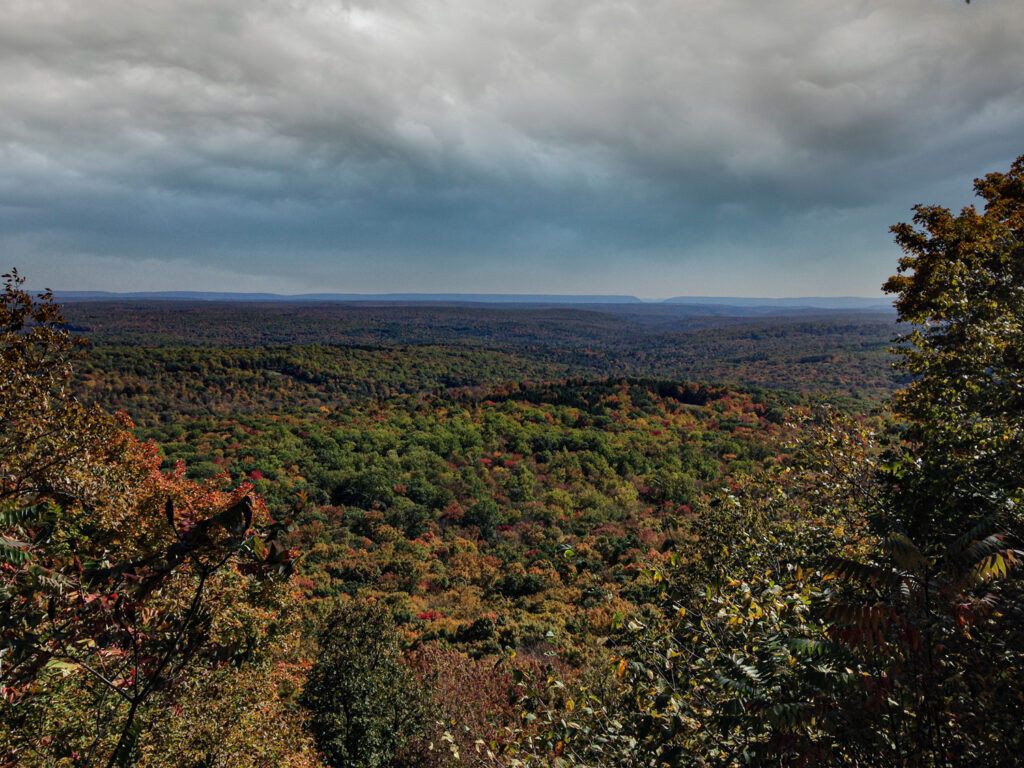
Kittatinny Ridge’s name is Lenape, meaning “Endless Hill” or “Great Mountain”. It is 185 miles long and 360,000 acres of mostly forest. Much of the Schuylkill River’s headwaters originate here.
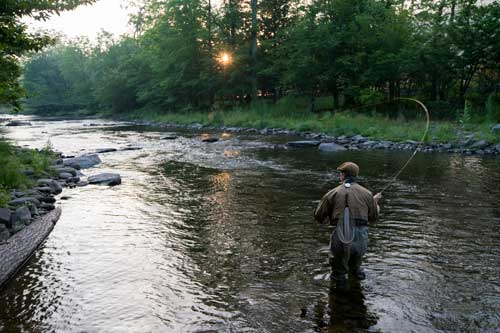
Some of the best trout streams in the Eastern United States are found in the Upper Delaware River. There are almost 80 miles of river with a good population of large wild trout because of plentiful cold water and a huge population of aquatic insects.